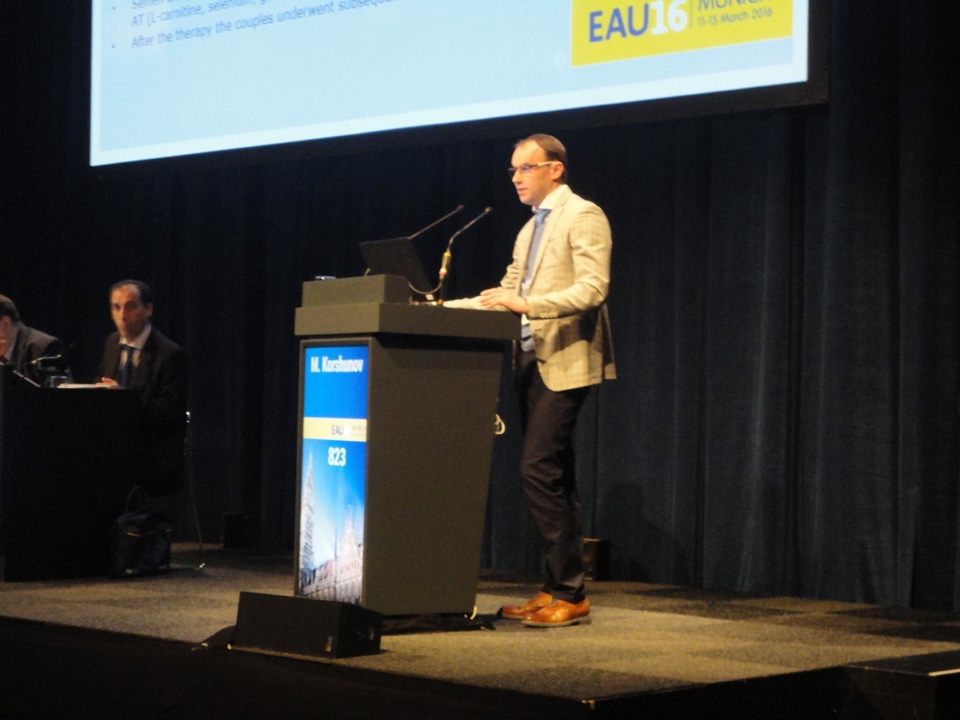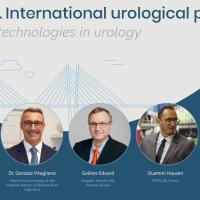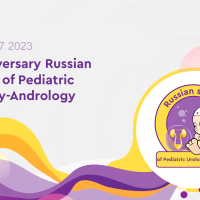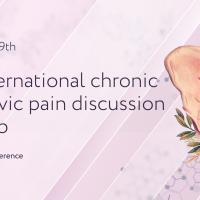
Prognostic value of sperm DNA integrity for ART (assisted reproductive technique) success. Empirical antioxidant therapy as a method of sperm DNA fragmentation and ART failure correction

The evaluation of sperm DNA fragmentation index (DFI) is not a routine study method in ART lab. However, the level of sperm DNA integrity is a useful predictor of blastocyst formation rate and pregnancy rate, especially in ART failure cases. Previous studies have demonstrated that oxidative stress may cause sperm DNA damage. Several investigations have shown that empirical antioxidant therapy (AT) might improve sperm quality, fertilization rate and ART outcomes. But the literature evidence of efficacy of AT in the correction of idiopathic sperm DNA damage and high level of semen oxidative stress reaction (ROS) is quite limited. The aim of our study was to evaluate the role of sperm DNA damage in ART failure and the effectiveness of AT in the correction of abnormal levels of DFI and ROS.
Data for this retrospective study was collected from March 2014 to May 2015 at the fertility clinic. Only the infertile couples with male factor were considered. We analyzed 53 reports of ART protocols (IVF/ICSI). 32 failures ART cases with a poor blastocyst formation rate (less than 30 %) were selected. All the men had verified idiopathic male factor of infertility with dramatic changes in sperm quality. The mean patients age was 32.2±4.5 years. All of the couples were planning subsequent IVF-ICSI cycles. Semen analysis (WHO 2010), DFI (Halosperm©), ROS were performed before and after empirical AT (L-carnitine, selenium, group E vitamin). Treatment duration equaled 12 weeks. After the therapy the couples underwent subsequent IVF-ICSI cycles.
32 patients had severe idiopathic pathospermia, abnormal DFI and ROS before the treatment. The mean sperm count was 5,5±4,0х106, mean sperm motility (a+b) – 7,9±4,4% SD, the mean % normal morphology – 4,8±2,1, the mean DFI – 38,8±8,2 SD, ROS – 4,6±1,3 SD. After the AT the mean sperm count increased to 5,9±4,3 х106, mean motility increased to 14,6±5,3 (p<0,001), % normal morphology increased to 5,1±2,1, the mean DFI decreased to 23,6±4,6% (p<0,001), ROS decreased to 4,1±1,2 (p<0,05). There were a significant negative correlation between DFI and sperm motility and positive correlation between DFI and ROS level (p<0,001, p<0,05 respectively). For the 32 couples, who underwent ICSI blastocyst rate improved to 30-50 % (p<0,05). Biochemical and clinical pregnancy rates were 65,6% [21/32] and 53,1%[17/32] respectively.
This study shows that evaluation of sperm DNA fragmentation is an important method in prognosis of ART success, especially after failure cases. Empirical AT is an effective method in the correction of idiopathic sperm DNA damage and pathological level of sperm ROS that may improve embryo quality and pregnancy rate.






